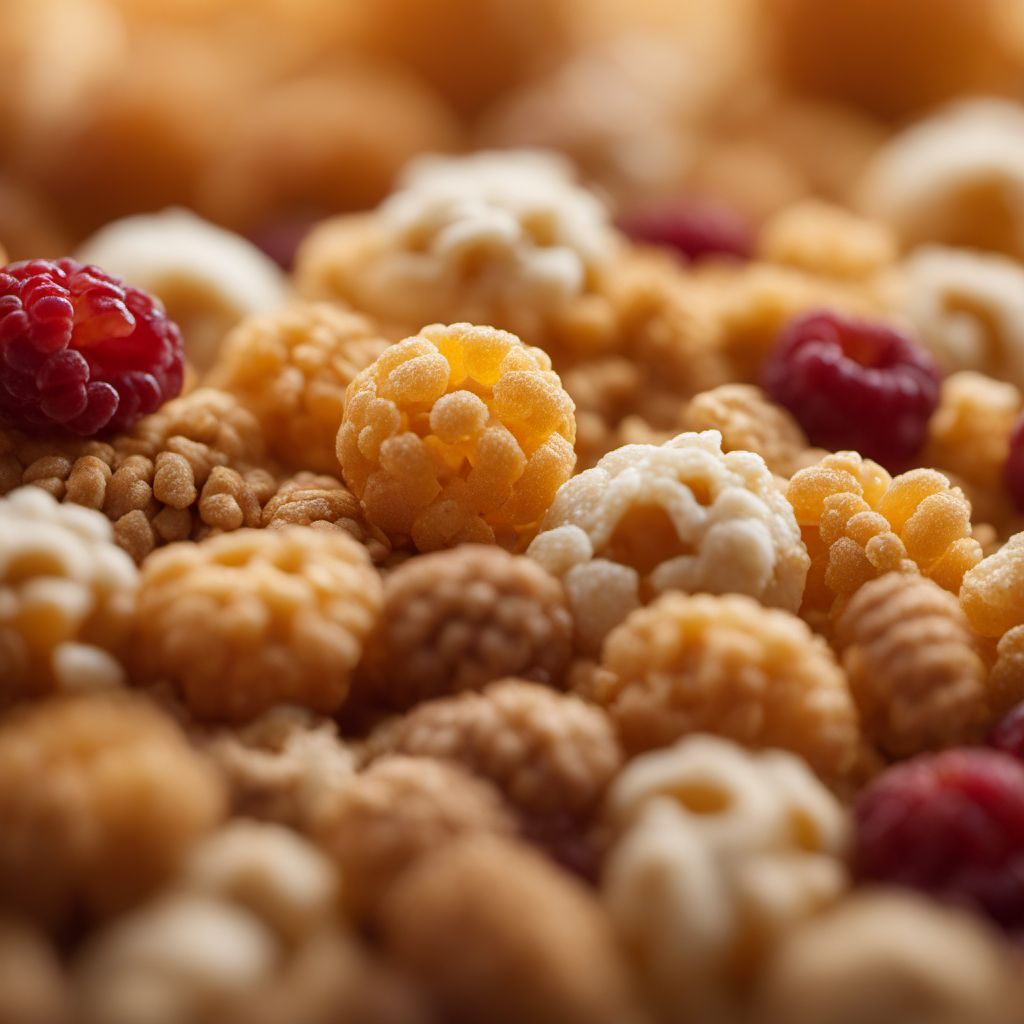
Ingredient
Cereal primary derivatives
The Versatile World of Cereal Primary Derivatives
Cereal primary derivatives encompass a variety of ingredients derived from cereal grains, such as wheat, corn, rice, and oats. These versatile ingredients include flours, bran, germ, and starches, each with its unique characteristics. They can add texture, enhance flavor, and contribute to the nutritional value of dishes. Whether used in baking, cooking, or as thickeners, cereal primary derivatives are essential in many cuisines worldwide.
Origins and history
Cereal grains have been cultivated for thousands of years, with evidence of their consumption dating back to ancient civilizations. Wheat, corn, rice, and oats have played significant roles in the development of human societies, providing sustenance and nourishment. The cultivation and processing techniques of cereal grains have evolved over time, leading to the creation of various cereal primary derivatives.
Nutritional information
Cereal primary derivatives are rich in essential nutrients, including carbohydrates, dietary fiber, vitamins, and minerals. They provide energy, promote digestive health, and support overall well-being. The nutritional composition varies depending on the specific derivative, but they generally offer a good source of complex carbohydrates and dietary fiber.
Allergens
Cereal primary derivatives, such as wheat flour, may contain gluten, making them unsuitable for individuals with gluten intolerance or celiac disease. It is important to check the packaging or consult with a knowledgeable professional if you have any allergies or dietary restrictions.
How to select
When selecting cereal primary derivatives, look for products that are fresh, free from moisture or insect damage, and properly sealed. Check the expiration date to ensure freshness. For flours, opt for those labeled as whole grain" or "whole wheat" for added nutritional benefits."
Storage recommendations
To maintain the freshness and quality of cereal primary derivatives, store them in airtight containers in a cool, dry place. This helps prevent moisture absorption and keeps them free from pests. Whole grains, such as rice or oats, can be stored in the refrigerator or freezer for extended shelf life.
How to produce
Cereal grains can be grown in various climates, depending on the specific grain. Amateur gardeners can grow certain grains, such as wheat or corn, in their backyard or in containers. However, large-scale production of cereal primary derivatives requires specialized agricultural practices and processing facilities.
Preparation tips
Cereal primary derivatives can be used in a multitude of ways in the kitchen. Flours are essential for baking bread, cakes, and pastries, while bran and germ can be added to cereals, smoothies, or used as toppings. Starches, such as cornstarch, are excellent thickeners for sauces, soups, and gravies. Experiment with different derivatives to explore their unique properties and flavors.
Culinary uses
Cereal primary derivatives are widely used in baking, from bread and pastries to cookies and muffins. They are also commonly used as thickeners in sauces, soups, and gravies. Additionally, bran and germ can be incorporated into cereals, granolas, or used as toppings for added texture and nutrition.
Availability
Cereal primary derivatives are commonly available in grocery stores, supermarkets, and specialty food stores worldwide. They are cultivated and processed in regions where cereal grains are grown, such as North America, Europe, Asia, and Australia.
More ingredients from this category

Popped cereals
The Crunchy Delights
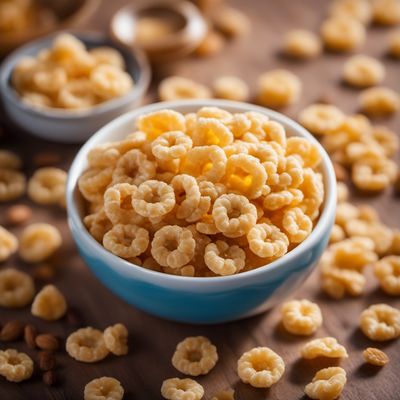
Cereal bran
The Nutritional Powerhouse: Cereal Bran

Semolina
The Versatile Grain: Semolina
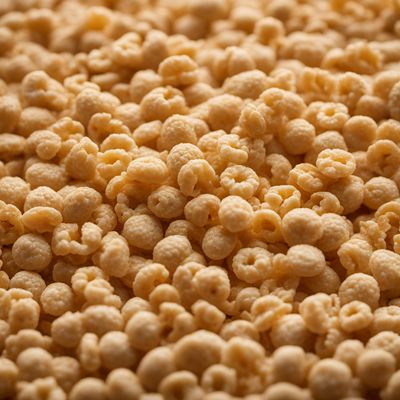
Cereal germ
The Powerhouse of Nutrition
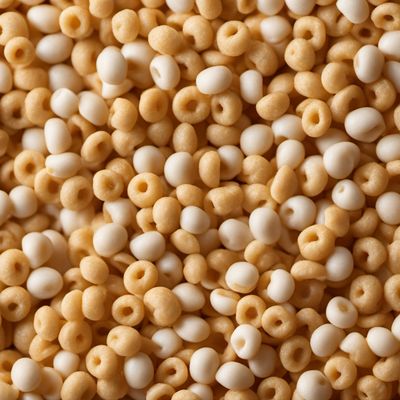
Cereal rolled grains
The Versatile Powerhouse: Cereal Rolled Grains
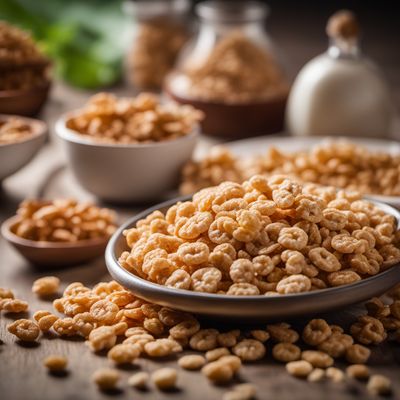
Cereal and cereal-like flours
The Versatile World of Grain-Based Flours
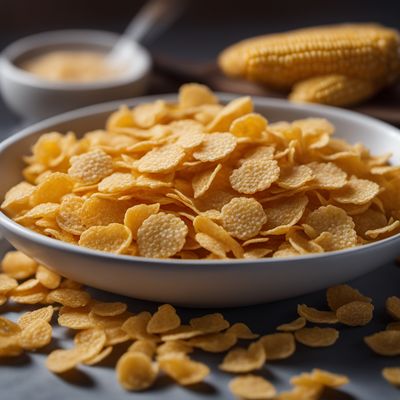
Cereal flakes and similar
The Versatile Crunch of Breakfast Delights
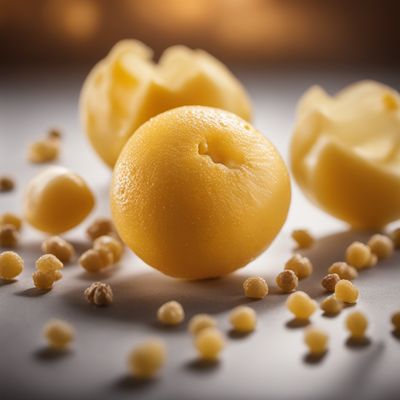
Groats
The Nutrient-Packed Powerhouse: Exploring the World of Groats

